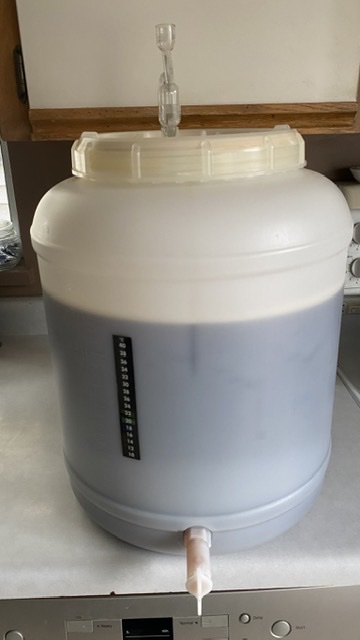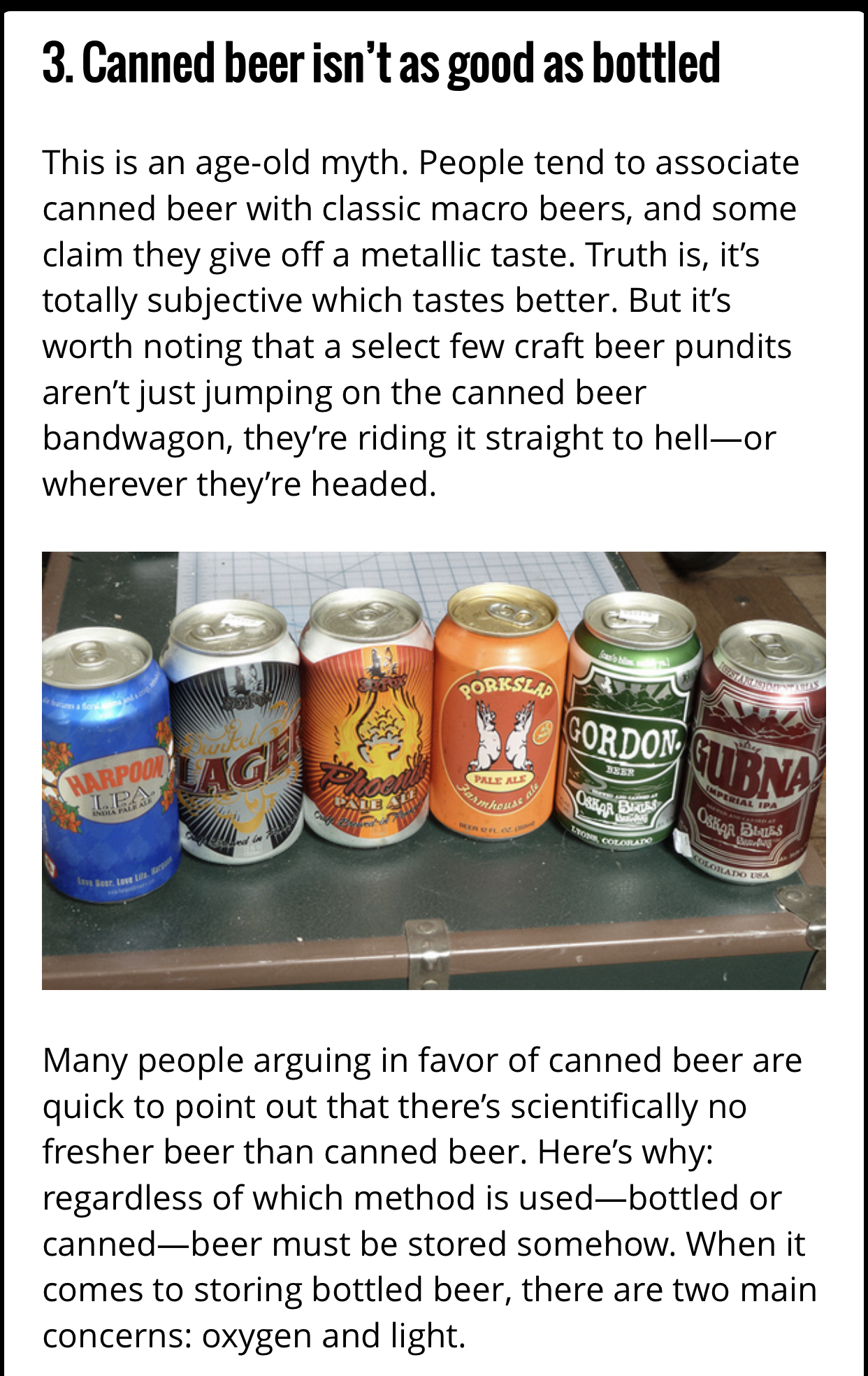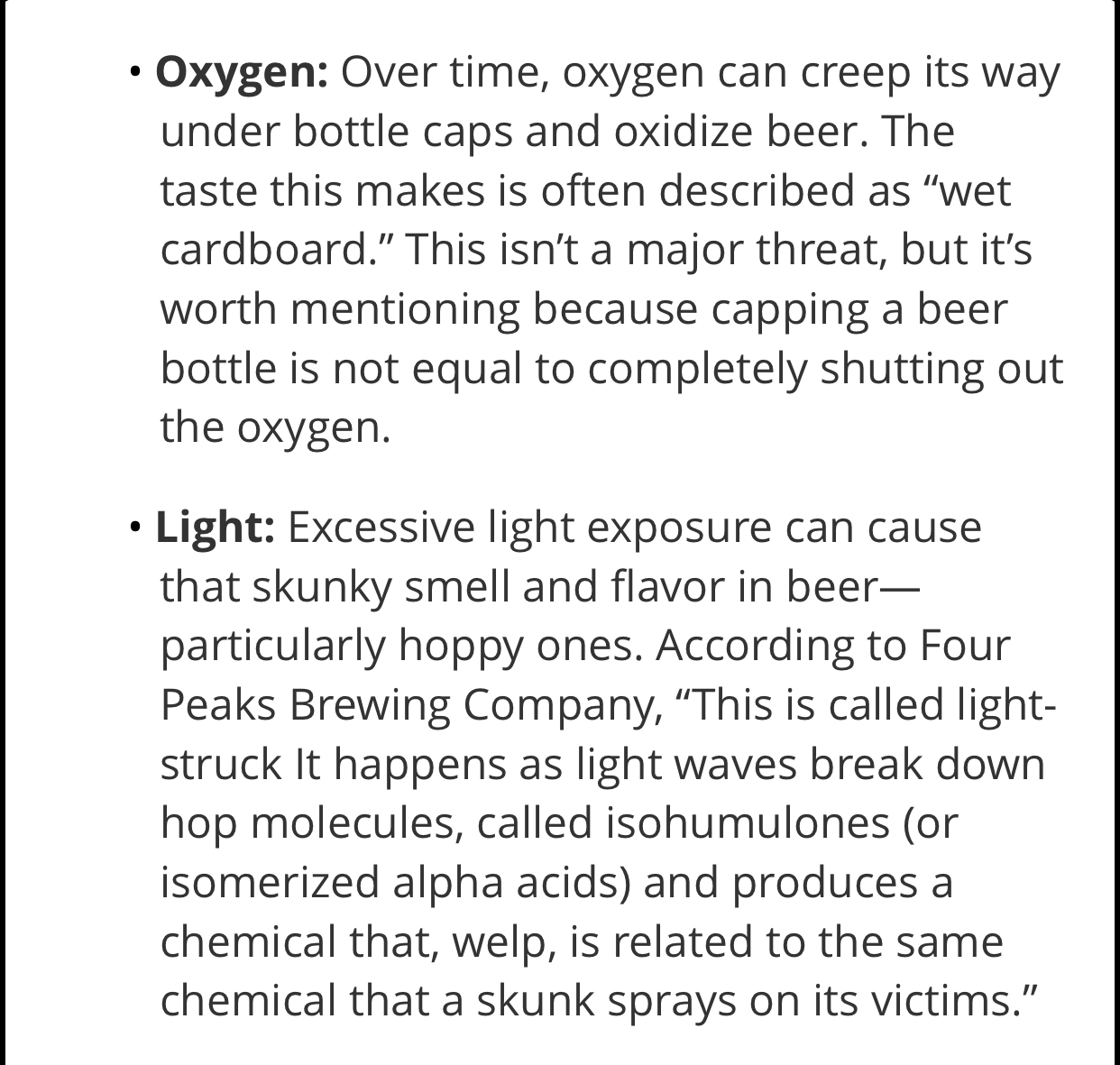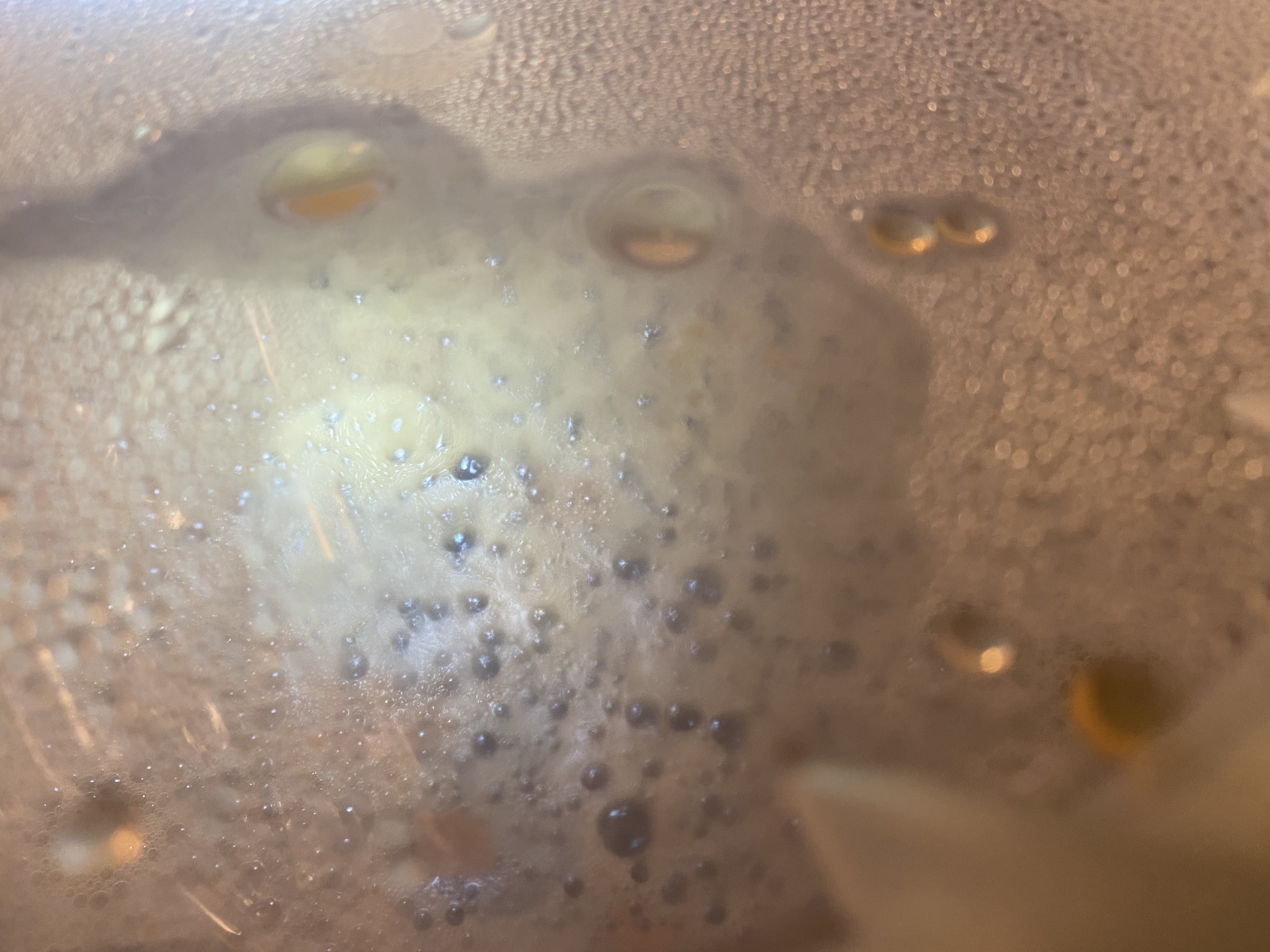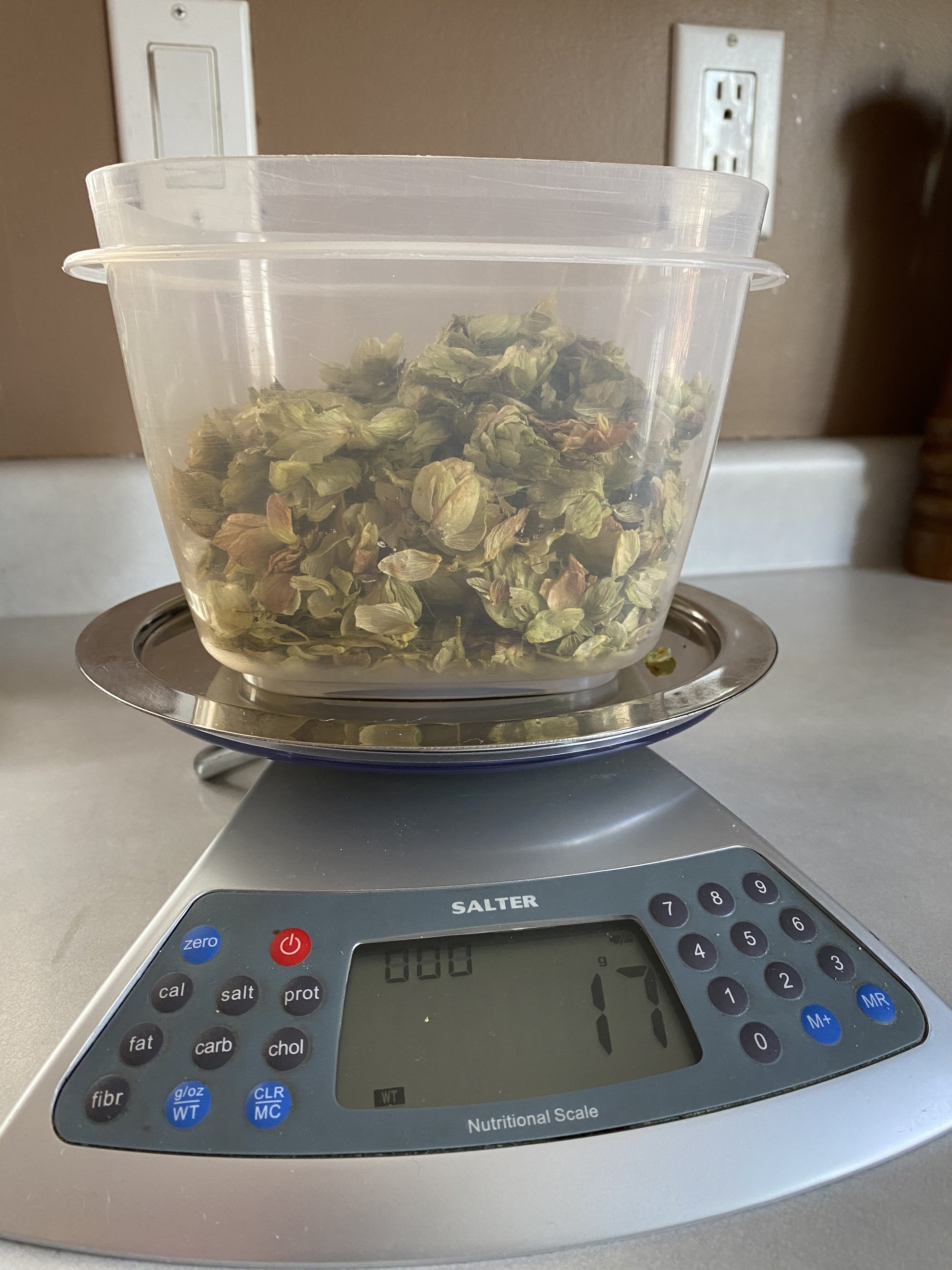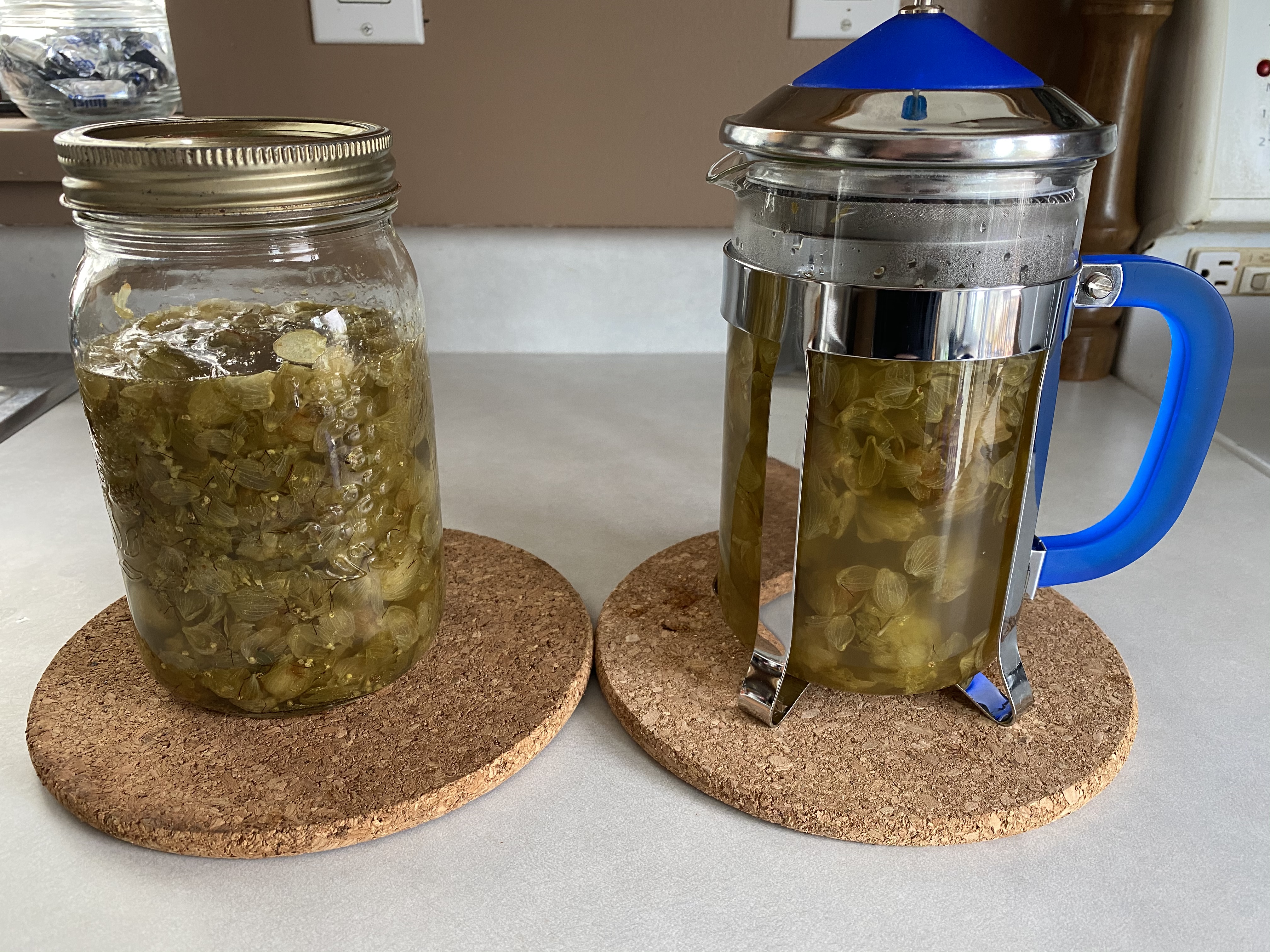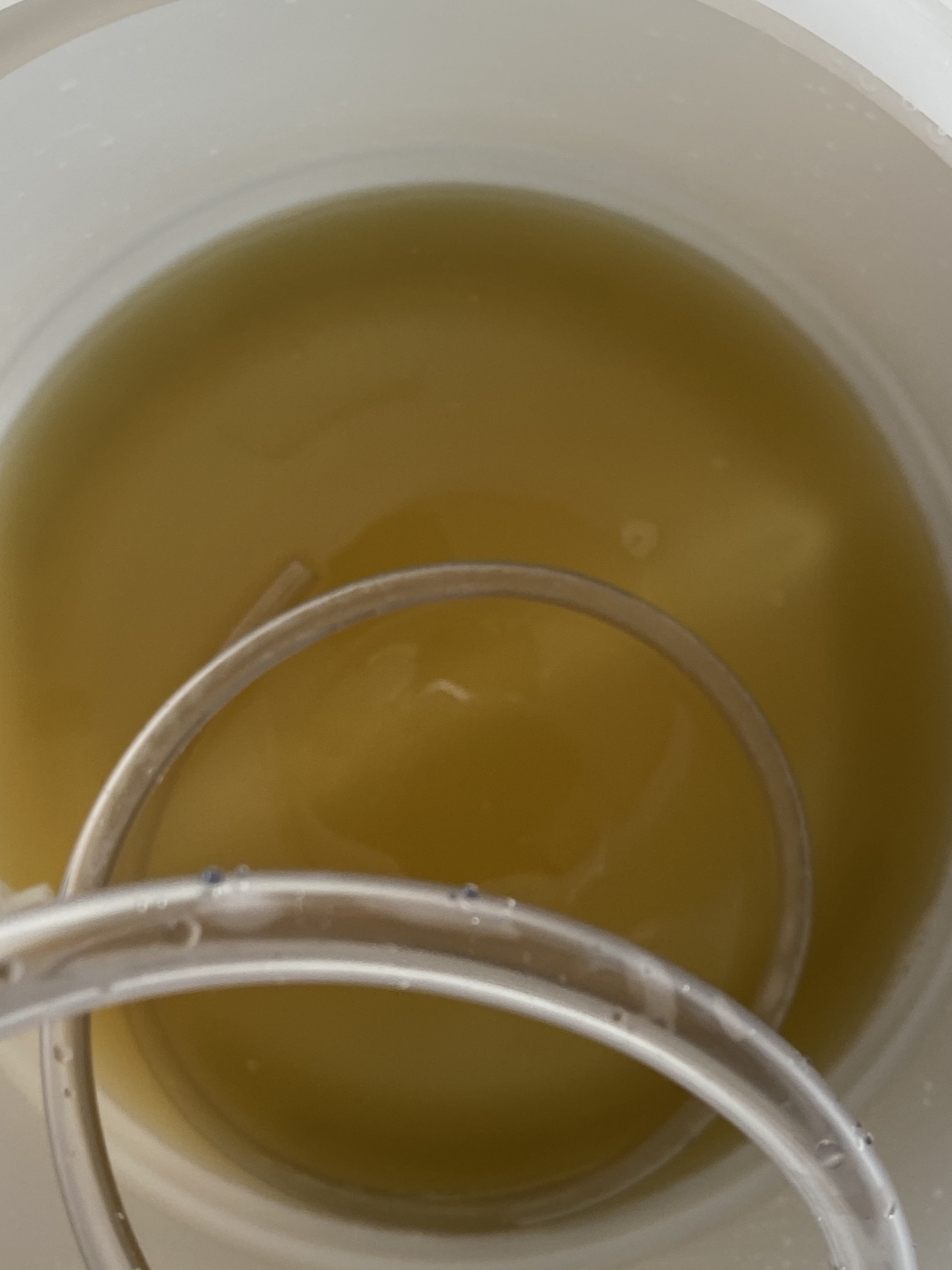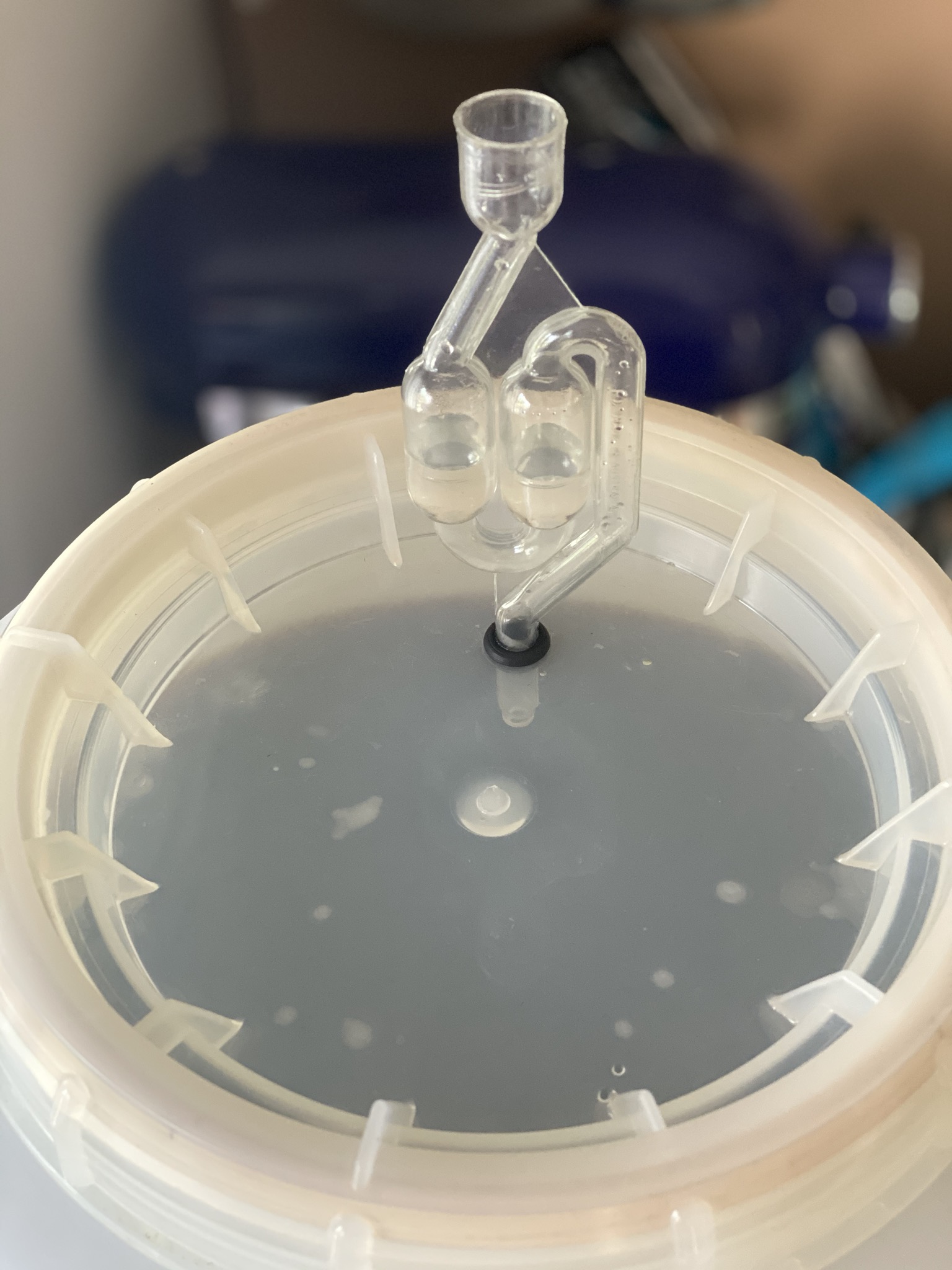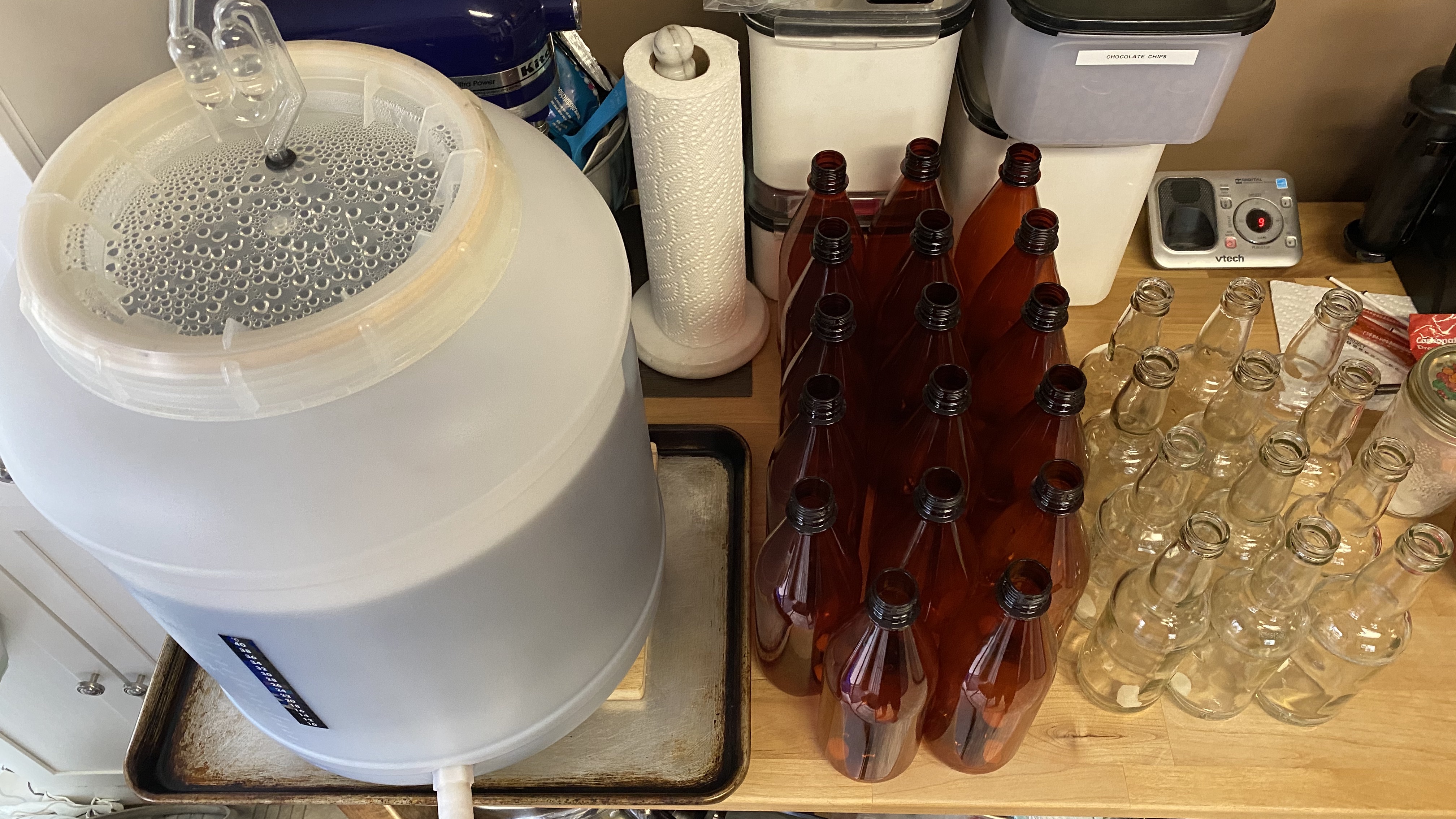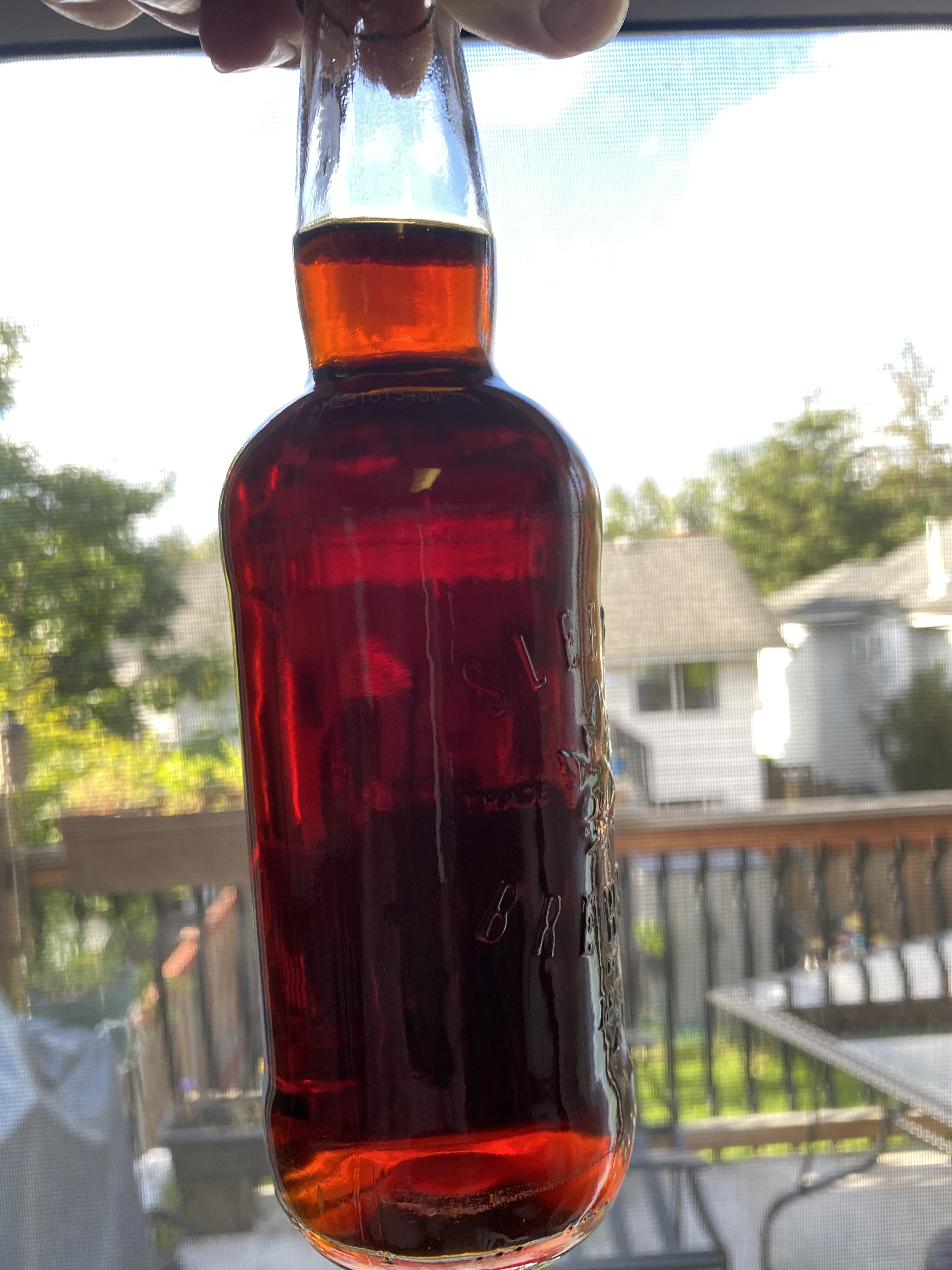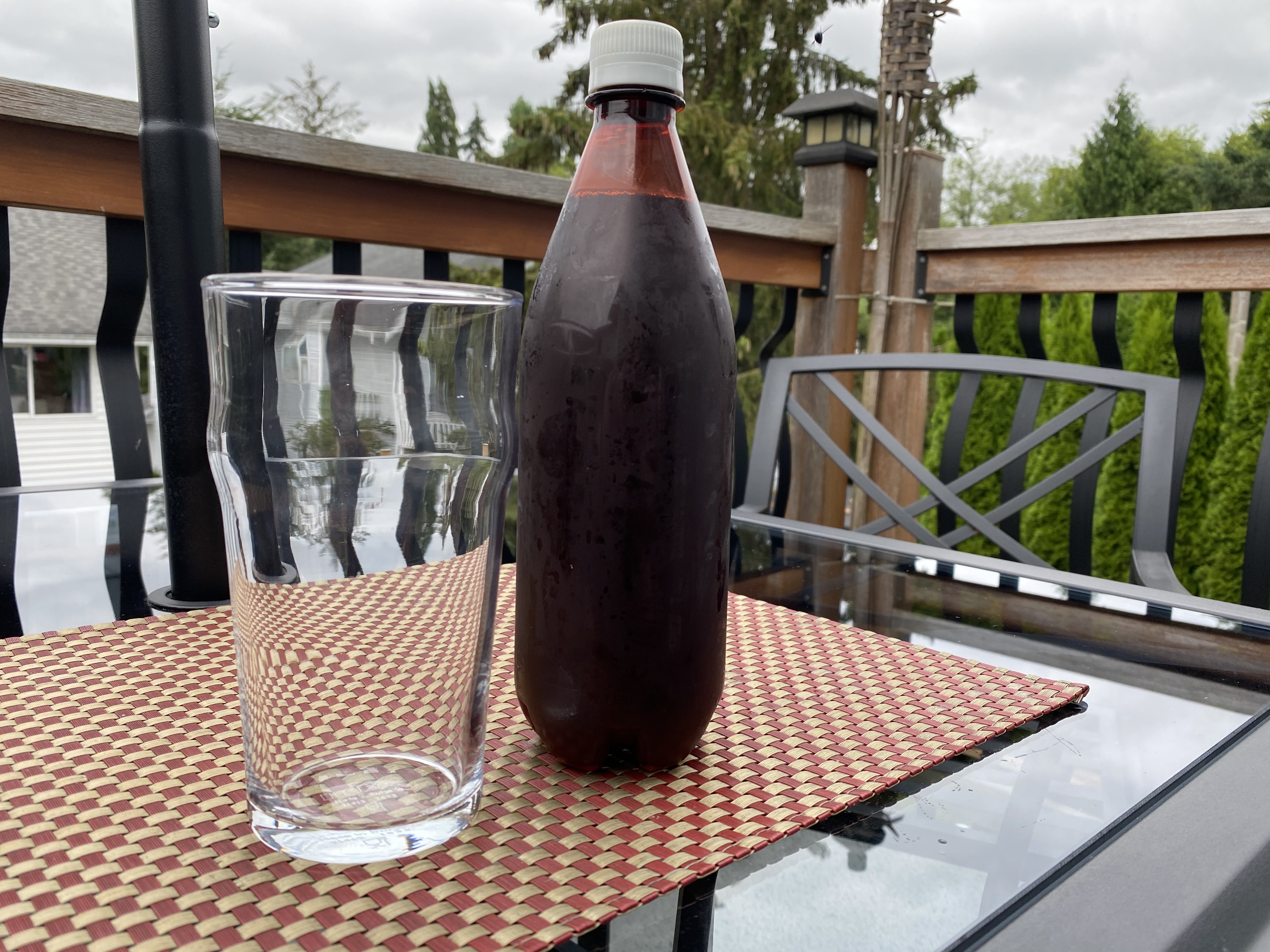VikingBrewer
Well-Known Member
- Joined
- Jun 11, 2020
- Messages
- 74
- Reaction score
- 34
Question for the masses, sorry if this is long winded. I've been brewing for a while with extract kits Like the cans of Coopers. Although life got in the way and I took an involuntary break from brewing. So now I have been left with a few cans past their expiration date. I have mostly had really good success with Coopers. A few years back, I did do a Mexican Cerveza (Corona Style) beer that had past its expiry and it it was darker and maltier than it should have been but was drinkable. Maybe I have/had lower standards LOL. My online research in the past, sometimes it turns out sometimes not and will acquire a darker maltier flavor.
So here we go bare with me here.
My latest brew is a Thomas Coopers IPA. I've sorta been following a recipe (not the one on the can) that was on the DIY Beer website. Here are my stats so far;

Extract Kit: Coopers IPA
Best Before Date: 17/02/13
Yeast: 22g (2X 11g Packs) Nottingham, rehydrated
Coopers Brew Enhancer 2: 1Kg package
Table Sugar: 600g
Dry Hops: (Fresh from the garden dried) 12g added after pitching in Primary.
So these were my steps up to now.
First I had boiled my water to remove chlorine & chloramine a few days prior and chilled my water in a spare fridge until brew day.
Brew day I started with sanitizing EVERYTHING, I'm a bit strict on this. Next started to warm up the Coopers IPA can in the sink of warm water. Heated up aprox. 2L of water in a pot on the stove to dissolve all the fermentables, then added the sanitized can of IPA.
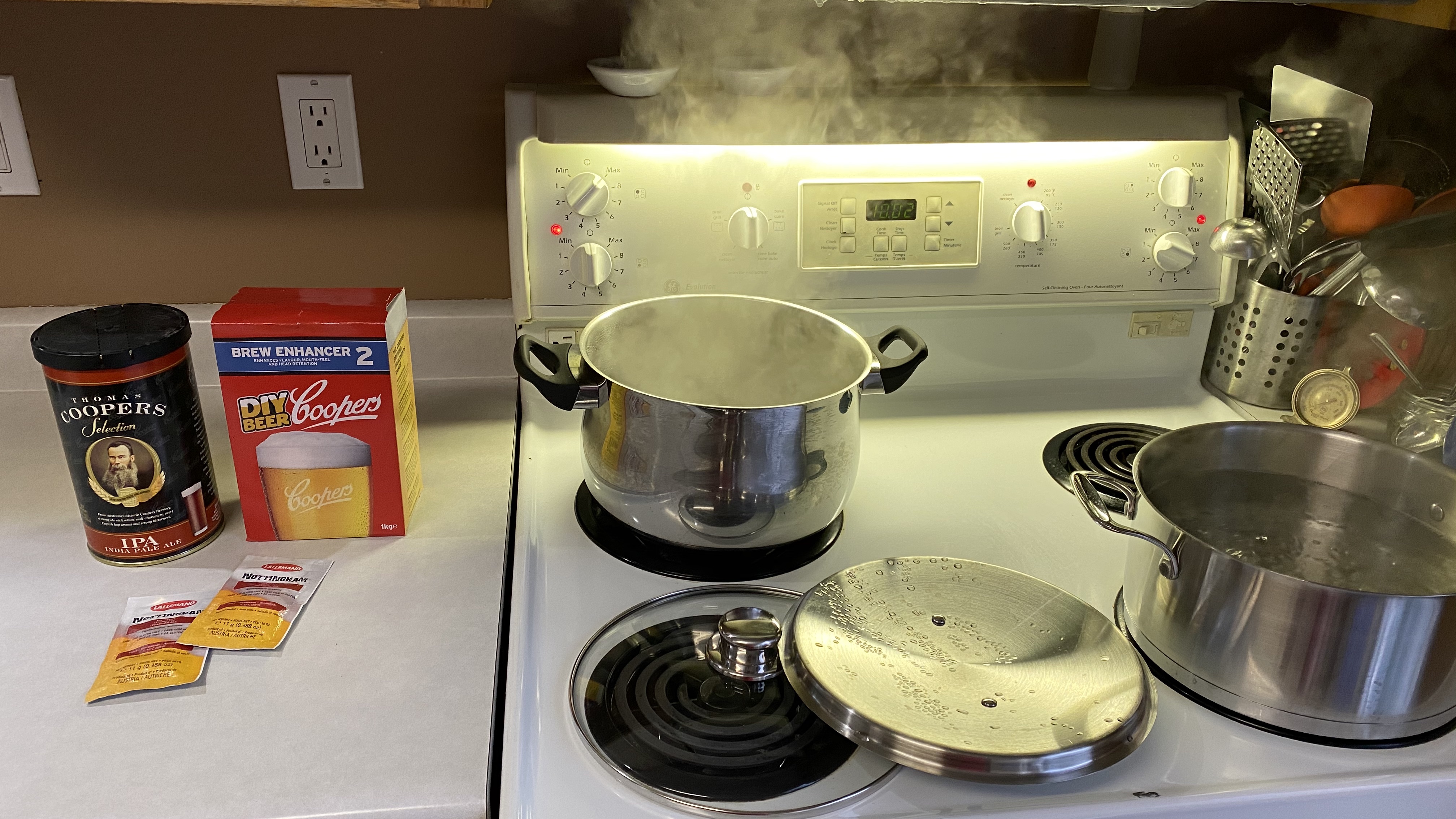
Poured this all into the fermenter (Original Coopers Style) along with the chilled water to the mix, allowing to splash to oxygenate, to a temp of 21/22c, Oxygenated some more with a slotted spoon.

Next took OG at 1052. Tasted at this point and it did have quite a malty flavor. hoping the extra dry hops help out. Pitched 22g of Hydrated (30/35c according to PKG directions) Nottingham Yeast. Added my Cascade dry hops.

Closed everything up, and added the airlock. So I have been checking in everyday and we are now day three and the airlock has no activity not bubbling. But there does appear to have lots of activity inside as the Krausen IS bubbling. I am thinking this is going to be a very slow ferment??? I did unscrew the lid and re-screw it back on. BTW the gasket has a small thin film of olive oil to help seal.
What are your guy's thoughts? Any way to fix the maltiness? Thanks in advance.
So here we go bare with me here.
My latest brew is a Thomas Coopers IPA. I've sorta been following a recipe (not the one on the can) that was on the DIY Beer website. Here are my stats so far;

Extract Kit: Coopers IPA
Best Before Date: 17/02/13
Yeast: 22g (2X 11g Packs) Nottingham, rehydrated
Coopers Brew Enhancer 2: 1Kg package
Table Sugar: 600g
Dry Hops: (Fresh from the garden dried) 12g added after pitching in Primary.
So these were my steps up to now.
First I had boiled my water to remove chlorine & chloramine a few days prior and chilled my water in a spare fridge until brew day.
Brew day I started with sanitizing EVERYTHING, I'm a bit strict on this. Next started to warm up the Coopers IPA can in the sink of warm water. Heated up aprox. 2L of water in a pot on the stove to dissolve all the fermentables, then added the sanitized can of IPA.

Poured this all into the fermenter (Original Coopers Style) along with the chilled water to the mix, allowing to splash to oxygenate, to a temp of 21/22c, Oxygenated some more with a slotted spoon.

Next took OG at 1052. Tasted at this point and it did have quite a malty flavor. hoping the extra dry hops help out. Pitched 22g of Hydrated (30/35c according to PKG directions) Nottingham Yeast. Added my Cascade dry hops.

Closed everything up, and added the airlock. So I have been checking in everyday and we are now day three and the airlock has no activity not bubbling. But there does appear to have lots of activity inside as the Krausen IS bubbling. I am thinking this is going to be a very slow ferment??? I did unscrew the lid and re-screw it back on. BTW the gasket has a small thin film of olive oil to help seal.
What are your guy's thoughts? Any way to fix the maltiness? Thanks in advance.
Last edited:


